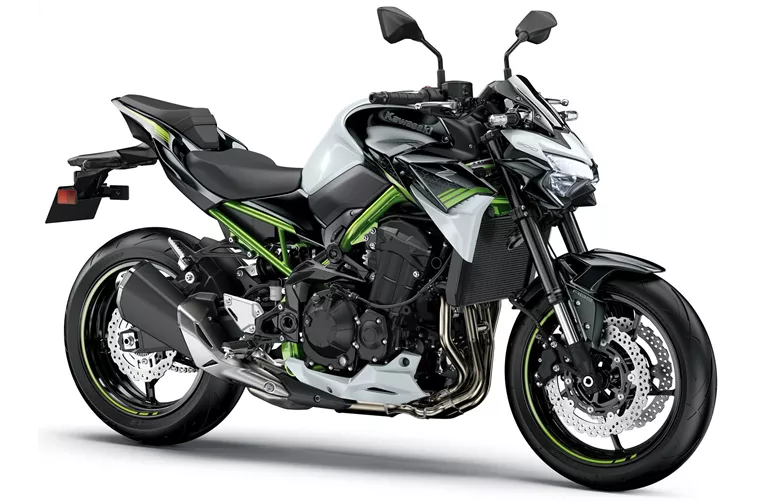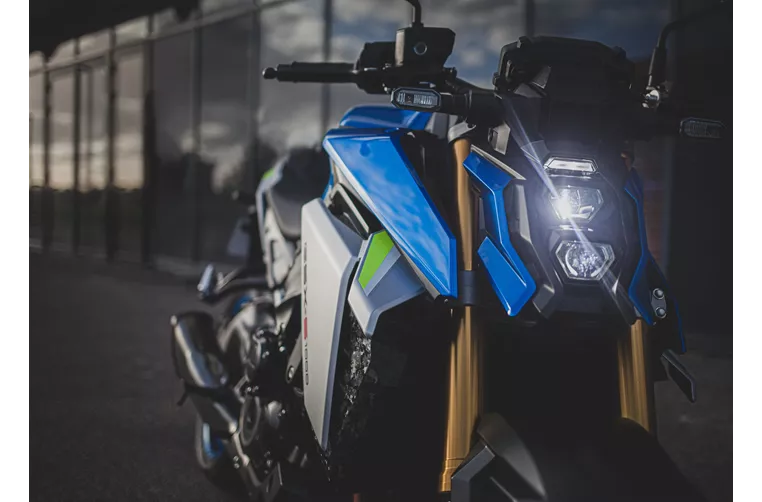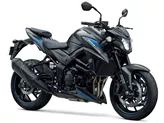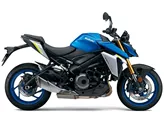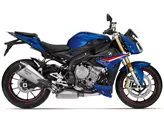Kawasaki Z900 2020 vs. Suzuki GSX-S1000 2023
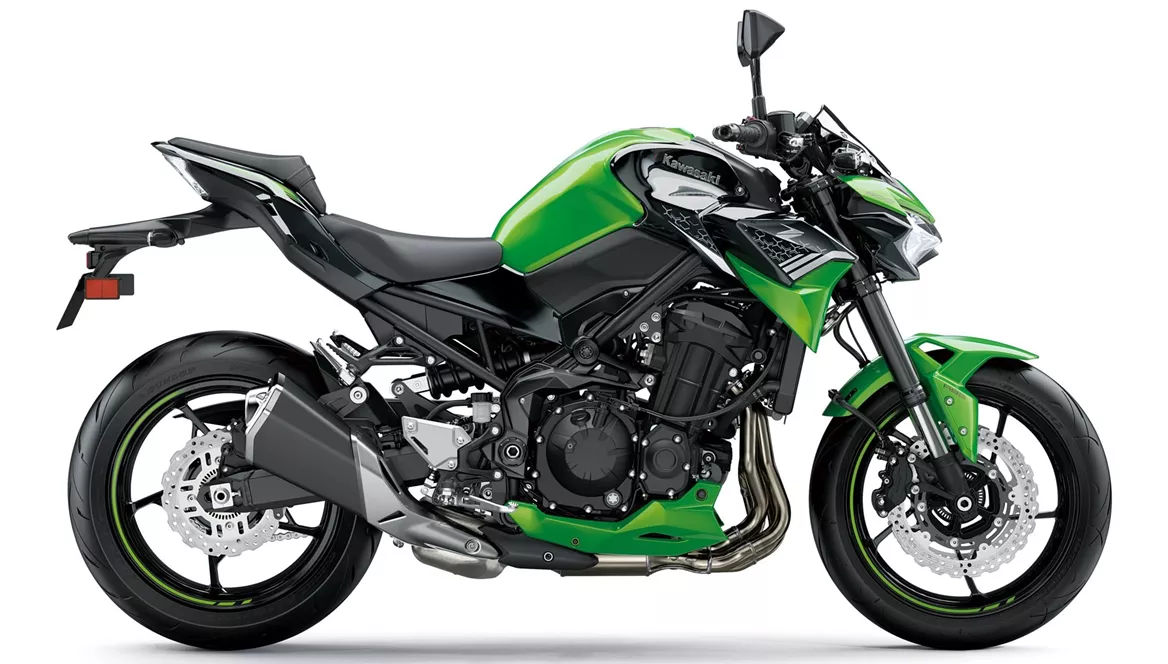
Kawasaki Z900 2020
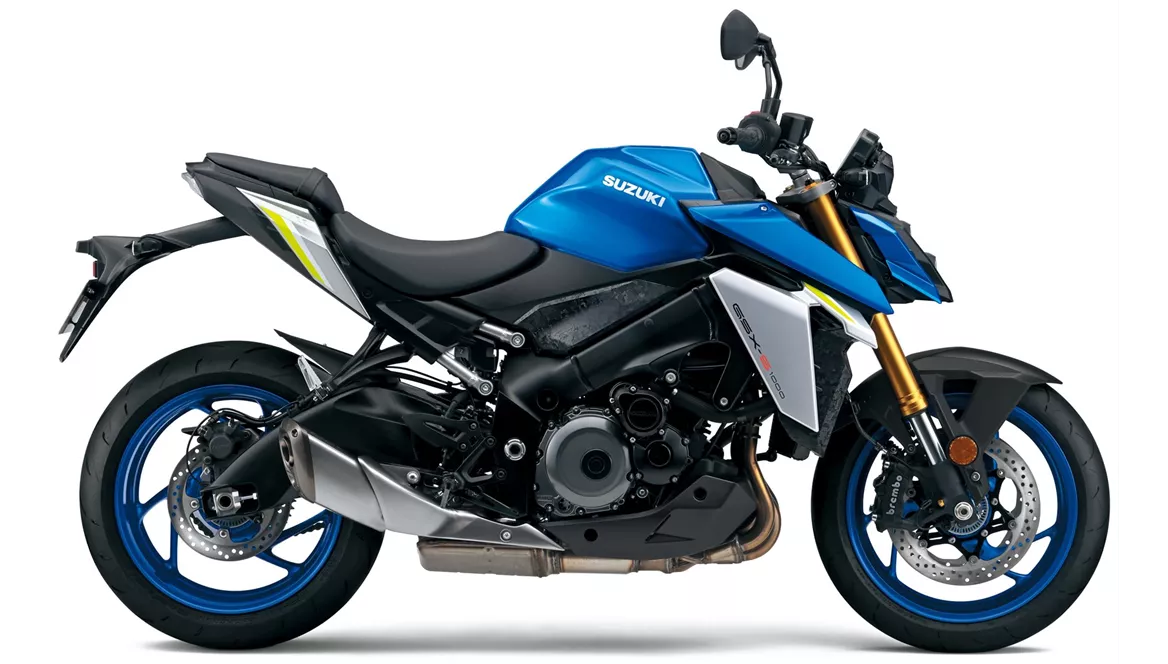
Suzuki GSX-S1000 2023
Overview - Kawasaki Z900 2020 vs Suzuki GSX-S1000 2023
The Kawasaki Z900 2020 and the Suzuki GSX-S1000 2023 are both naked bikes that offer powerful performance and attractive designs. However, there are some notable differences between the two models.
In terms of engine power, the Suzuki GSX-S1000 2023 has the upper hand with 152 HP compared to the Kawasaki Z900 2020's 125.4 HP. This difference in power translates to a more exhilarating riding experience on the Suzuki.
Both bikes have similar engine types, fuel systems, and cooling systems, with inline four-cylinder engines that provide smooth and responsive performance. They also have the same number of cylinders and displacement, further emphasizing their similarities in terms of engine performance.
When it comes to suspension, both bikes feature upside-down telescopic forks at the front and swing arm suspension at the rear. However, the Suzuki GSX-S1000 2023 offers more adjustability with compression, preload, and rebound adjustments, allowing riders to fine-tune their suspension settings for optimal performance.
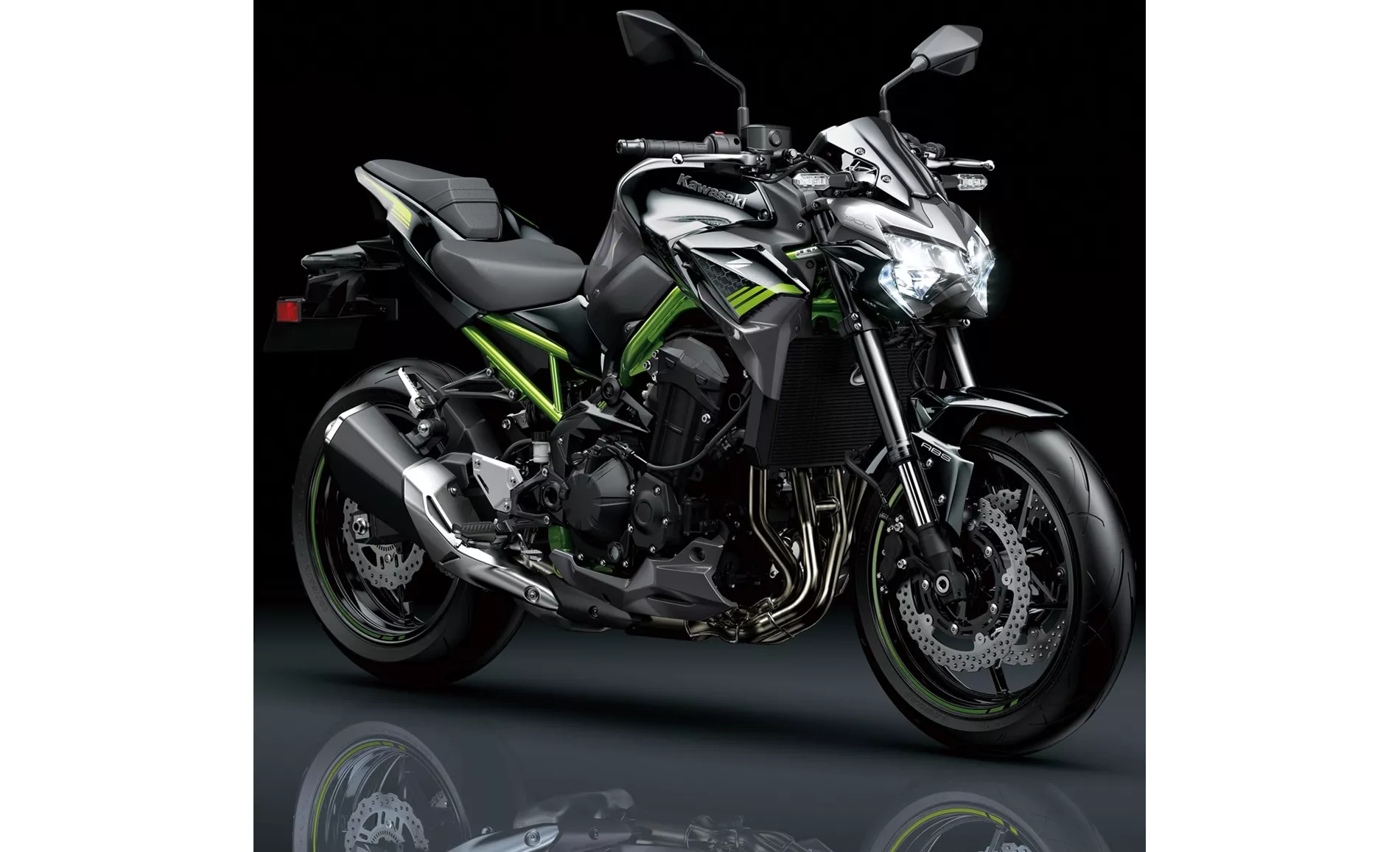
Kawasaki Z900 2020
In terms of chassis, the Suzuki GSX-S1000 2023 features an aluminum frame, which is lighter and more rigid compared to the steel frame of the Kawasaki Z900 2020. This contributes to better handling and maneuverability on the Suzuki.
Both bikes have double disk brakes at the front with four-piston calipers, providing strong and reliable stopping power. However, the Suzuki GSX-S1000 2023 has larger diameter disks (310 mm) and utilizes radial, monoblock technology, which enhances braking performance and improves heat dissipation.
In terms of rider assistance systems, both bikes offer ABS, riding modes, and ride-by-wire technology. However, the Suzuki GSX-S1000 2023 goes a step further with the inclusion of a shift assistant with a blipper, allowing for seamless and effortless gear shifts.
In terms of dimensions and weights, the Suzuki GSX-S1000 2023 has a slightly longer wheelbase (1460 mm) compared to the Kawasaki Z900 2020 (1450 mm). The seat height is also higher on the Suzuki (810 mm) compared to the Kawasaki (795 mm). However, the weight is slightly higher on the Suzuki (214 kg) compared to the Kawasaki (210 kg).
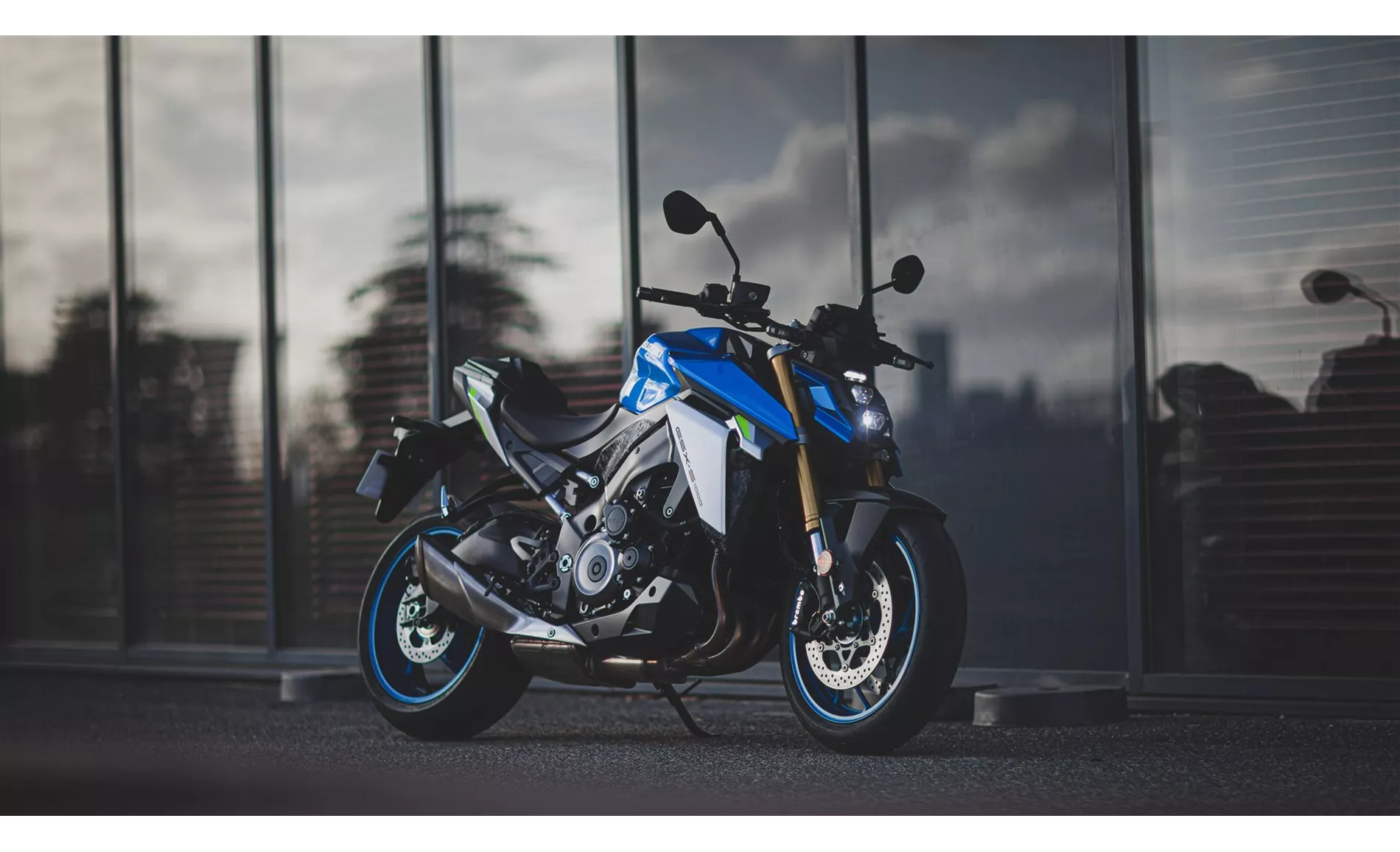
Suzuki GSX-S1000 2023
Both bikes come equipped with LED daytime running lights and LED headlights, providing enhanced visibility and a modern aesthetic. The Kawasaki Z900 2020 also features a TFT display, which offers a more advanced and visually appealing instrument cluster compared to the Suzuki's more traditional instrument layout.
In terms of strengths, the Kawasaki Z900 2020 offers a great handling experience, thanks to its lightweight and nimble design. It also provides good value for money, offering a powerful four-cylinder engine and a well-equipped package. The Suzuki GSX-S1000 2023, on the other hand, boasts a superior engine, excellent shift assistant with a blipper, and a balanced handling experience. It also features a bold and eye-catching design and offers a comfortable and rider-friendly seating position.
In terms of weaknesses, the Kawasaki Z900 2020 has a somewhat tiring menu navigation system and lacks the option for a quickshifter. The Suzuki GSX-S1000 2023, on the other hand, has a less comprehensive electronics package, lacking a 6-axis IMU and cornering ABS. The instruments on the handlebars are also somewhat antiquated, and the display is not particularly easy to read.
Overall, both the Kawasaki Z900 2020 and the Suzuki GSX-S1000 2023 offer impressive performance and attractive features. The choice between the two ultimately comes down to personal preferences and priorities, whether it be power, handling, design, or price.
Technical Specifications Kawasaki Z900 2020 compared to Suzuki GSX-S1000 2023
Pros and Cons in comparison
Pros and Cons in comparison
Kawasaki Z900 2020
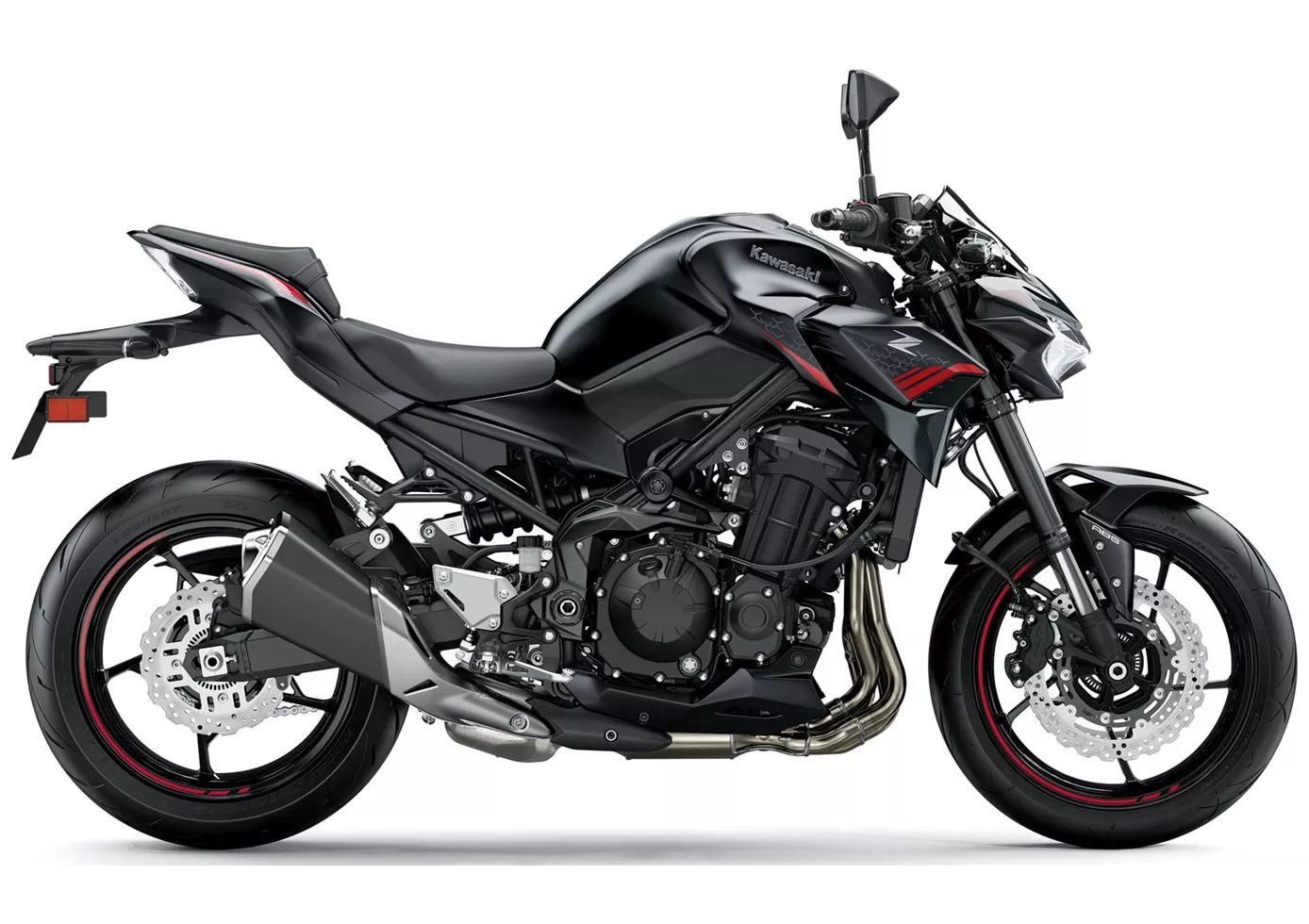
In terms of price-performance, the Kawasaki Z900 is hard to beat at the moment. With the perfectly tuned engine, the high-quality chassis components and the electronics added for 2020, this naked bike offers everything that sporty riders will be looking for. There is really nothing to complain about, even if the option of a quickshifter would have been a nice extra. Apart from that: great shot, Kawasaki!
Suzuki GSX-S1000 2023
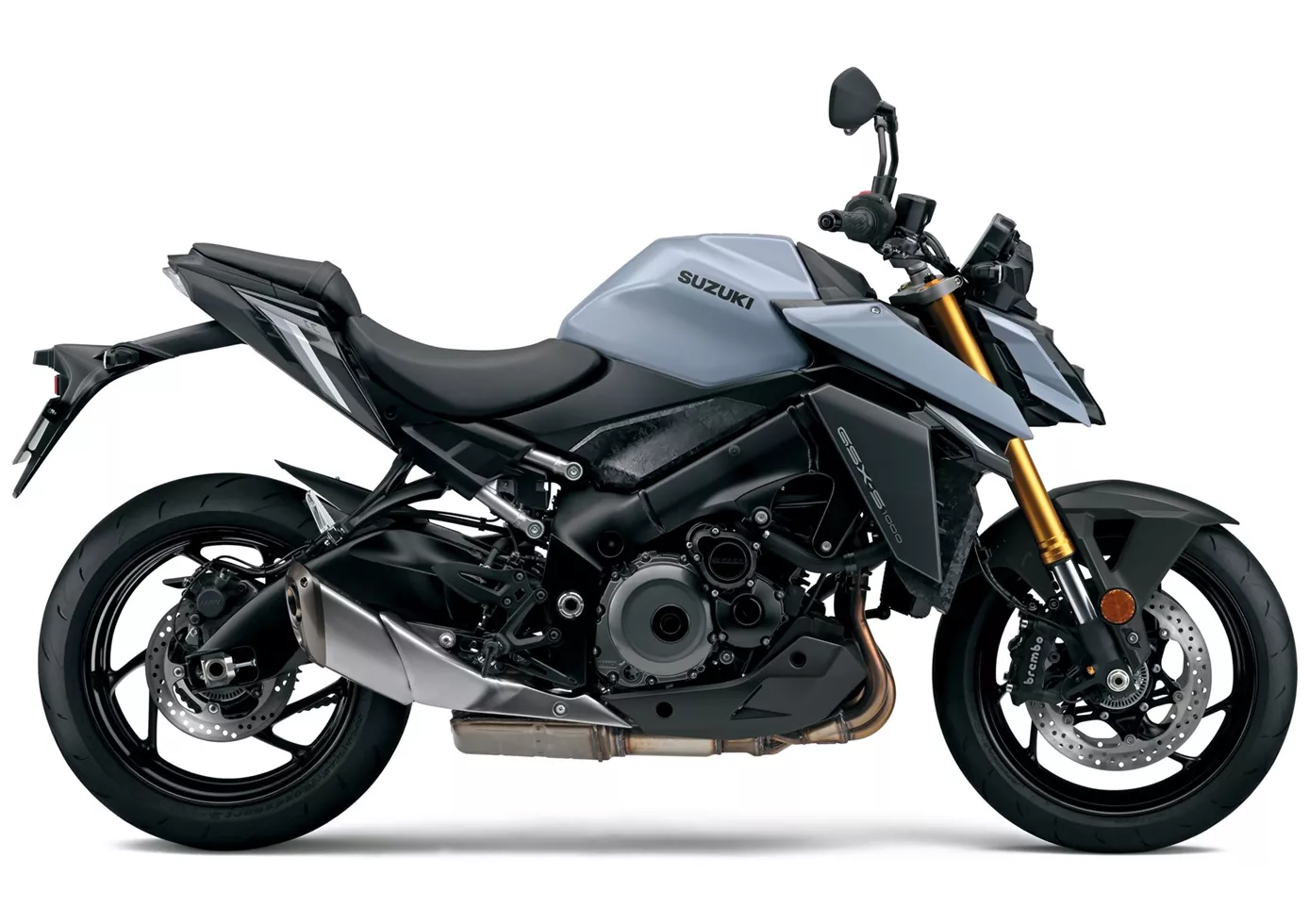
The new GSX-S1000 is an old acquaintance in terms of basic design - the engine and chassis are still from the predecessor. However, the machine has been modernised in many areas and presents itself at an extremely high level, especially visually. Although the engine cannot compete in the league of the super-potent Hyper Nakeds, it functions very harmoniously and powerfully enough. The conventional chassis also strikes a successful compromise between sportiness and comfort. The hammer arguments are definitely the successful design, the standard quickshifter with blipper and, last but not least, the comparatively low price.
Price Comparison Avarage Market Price Kawasaki Z900 vs Suzuki GSX-S1000
There are a few key differences between a Kawasaki Z900 2020 and a Suzuki GSX-S1000 2023. In terms of price, the actual average price of a Suzuki GSX-S1000 2023 is about 29% higher. Compared to Suzuki GSX-S1000 2023 there are less Kawasaki Z900 2020 bikes available on the 1000PS.de Marketplace, specifically 34 compared to 73. It takes less time to sell a Kawasaki Z900 with 124 days compared to 155 days for a Suzuki GSX-S1000. Since model year 2017 1000PS.de editors have written 46 reviews for the Kawasaki Z900 and 36 reviews for the Suzuki GSX-S1000 since model year 2015. The first review for the Kawasaki Z900 was published on 11/11/2016 and now has more than 93,200 views. This compares to more than 17,100 views for the first review on Suzuki GSX-S1000 published on 27/09/2014.
